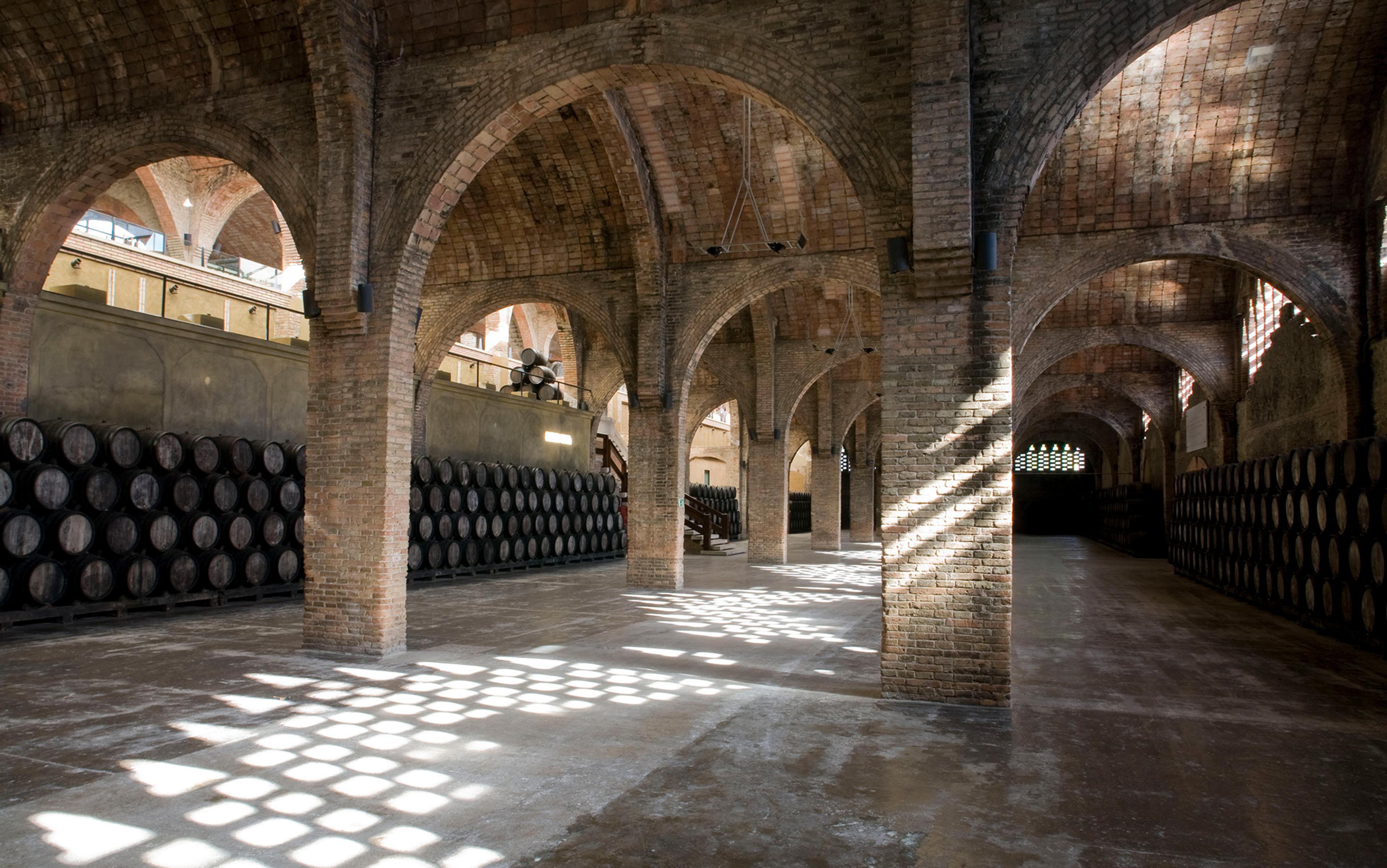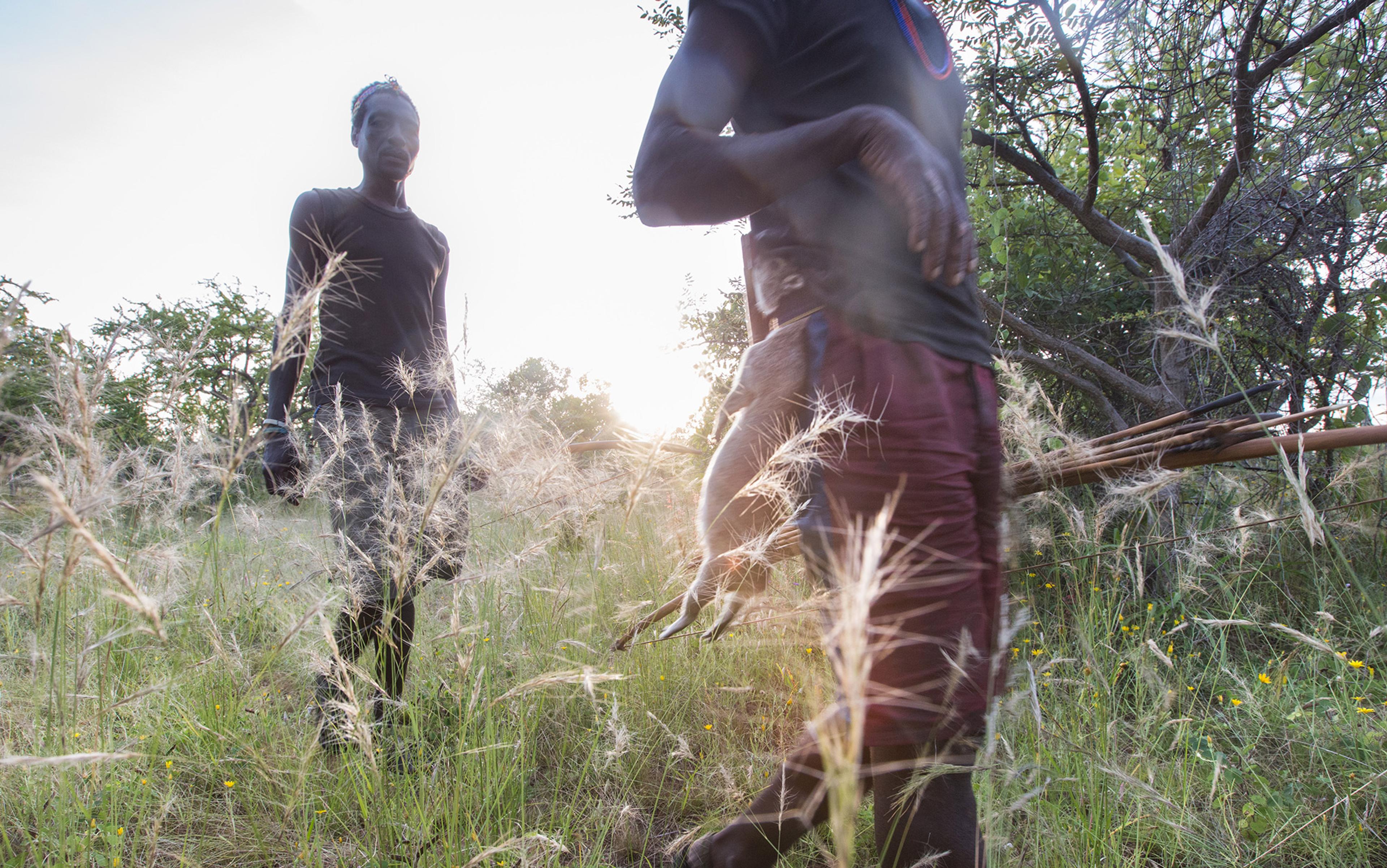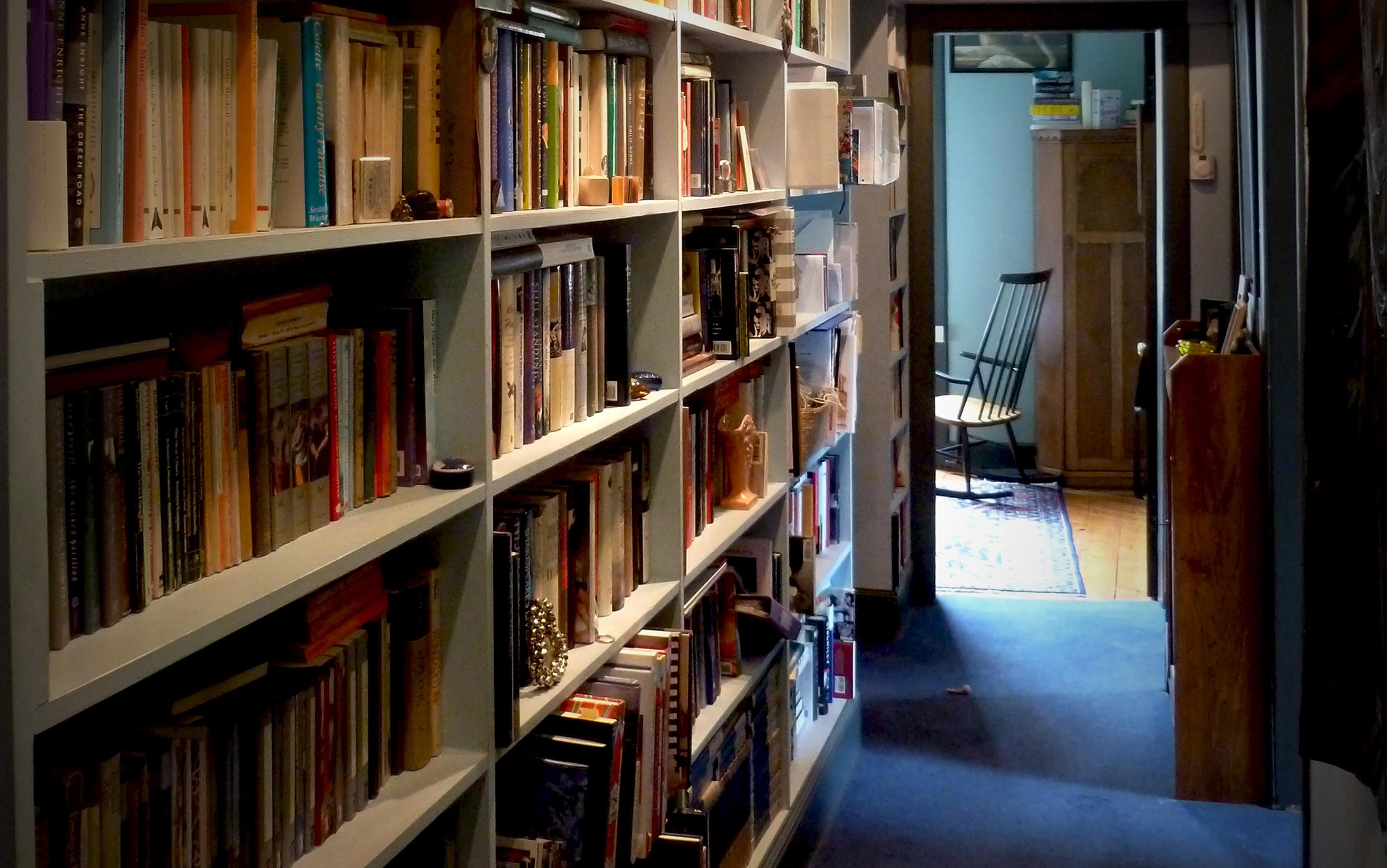How much grain is enough to make it to the next harvest? How much for a lord to appease his subjects? How much is enough to survive, to grow, to flourish? Anthropologists and archaeologists have approached these questions under the banner of surplus. ‘Surplus’ denotes that extra bit that allows some people to be released from the relentless need to cultivate their own foods, and to devote themselves to other endeavours, such as craft production, transport, construction and so on. Surplus is what allegedly propelled the most profound achievements in human history, from the pyramids of the pharaohs to the monumental city of ancient Rome, a pre-industrial metropolis with a population of perhaps more than a million. Accumulation allowed such diversification of human activities – whether the surplus it represented was redistributed via market mechanisms or through a centralised power, whether divided up in a fair or unfair manner. Surplus, as this old story has it, is the basis of civilisation itself.
Yet ‘surplus’ as such doesn’t exist. People don’t gather ‘surplus’. Instead, they collect cars, harvest grain or store canned foods. In reality, accumulation is practised and thought about in relation to the specificity of the material world. Only in the abstract models of scholars does ‘surplus’ mean anything without reference to the real world of things. For that reason, the theory that mere ‘surplus’ somehow launched civilisation is wrong.
By ironing out the complexity of the material world, archaeologists risk flattening the texture of human history and human life. Take the example of my grandparents in Belgium, who lived through the Second World War. In their old age, they kept a big, meticulously organised pantry right in the middle of their house, and stored so much food that I developed a habit of checking the sell-by date of anything I ate there – whatever they consumed was bound to be far beyond its expiry date. Shortage and uncertainty were so acutely grafted on to them that it informed their storage practices even when historical conditions had changed. But the question ‘How much is enough?’ – which had a radically different answer in the 1940s than in the 1980s – does little to elucidate the historical link in their ways of thinking and acting.
What matters is not just how much they stored, but where (in a central windowless pantry: showing a concern with control), how (organised and inventoried: again, an issue of control), and what (foodstuffs: they remained in survival mode, even when consuming rather lavishly). Today, things are different for most people in the Global North. Even as a pandemic makes hoarding mainstream again, the foremost desired storage facility is probably still the walk-in closet, where people ‘store’ future versions of themselves. Endlessly additive (clothes tend not to decay within a person’s lifetime), such treasuries of garments are kept in the most intimate parts of a house, while fuelling outward displays. And when pandemic-inspired panic-buying does hit, it shows up in the toilet paper aisles, revealing how everyday luxuries have become non-negotiable. Storage, in other words, offers a historically sensitive window on to people’s deep-rooted mentalities, their hopes, and their fears – all questions that are silenced by the bland banner of surplus.
Being alive to the complexity of accumulation (rather than the purported role of surplus in a reductionist version of complexity) requires a better understanding of how people relate to things, and vice versa. Recent developments in archaeological theory and the so-called ‘material turn’ can help.
Casting accumulation in terms of surplus has perpetuated a fallacy of human control over the material world: any historical actor either has access to surplus or not and, if they do, they’re in control. In one sense, this is undoubtedly true. Accumulation – and its physical manifestation through storage – pauses the active use of objects. It takes things temporarily out of circulation, things that are not needed here-and-now but might be called upon for future use. It enables people to manage access to goods across time and space. Storage is what allowed inhabitants of ancient Rome to drink wine year-round (even if the grape harvest took place only in the fall) and to eat bread made from Egyptian wheat (even though it was harvested hundreds of miles from the imperial capital).
Storage is a human intervention that engineers the world of resources at our disposal. It is no surprise then that control of storage, and therefore of accumulation, is and was highly sought after. Accumulation means security. It means wealth. It means status. To have is good, but to hold (and thus to have tomorrow) is even better. Throughout history, full granaries and overflowing storehouses were coveted by elites, chiefs and emperors. In Minoan society in the 2nd millennium BCE, powerful central buildings (so-called ‘palaces’) on the island of Crete maintained large storage facilities. Meanwhile, monumental storehouses lined communication routes in the Inka empire, used to maintain an imperial apparatus of administrators, armies, and labourers – as well as to serve as a visible reminder of the state’s power and domination. Social and political hierarchies widened as some people were more successful than others in accumulating and storing.
A field of grain tethers a farmer physically and metaphorically
But this narrative of control forgets about the power of things. The material world is not just a passive set of resources that can be locked up and retrieved at whim. Things might be silenced through storage, but they are still active, brimming with what the political scientist Jane Bennett dubs ‘vibrancy’, and what others have labelled ‘agency’. Things affect how people think: our mind is quite literally shaped by our interaction with the material world, from the use of tools by primates to our reliance on smartphones to orient us spatially, remind us of important events, and connect us with other people. Things also have a bearing on how we feel: a well-known example is how Marcel Proust’s madeleine provokes a visceral response from the protagonist, catapulting him through a whirlwind of emotions, memories, smells and tastes. And while things don’t have minds or intentions as humans do, they do intervene in the course of action, often spilling beyond human control. Accumulation is one register in which such spillage occurs.
A look at Roman-period storage can illustrate the vibrancy of accumulation. As conquest brought new economic opportunities to Italian estate owners in the 1st century BCE, it also raised moral concerns about elite behaviour under empire: was a ‘proper Roman’ to engage in foreign dealings and luxuries? Storage allowed estate owners to manoeuvre between these moral questions and economic opportunities, along routes that were shaped by the types of products stored. The anthropologist James C Scott dubs grain the state-making crop, which made possible complex apparatuses of taxation and surveillance: a field of grain tethers a farmer physically and metaphorically. There’s no hiding or leaving, which makes people easier to govern and rule.
Grain’s storage, too, fits this narrative. When stored in contact with air, despite the most resolute attempts at control, grain degrades rapidly and is vulnerable to pests, weevil and other infestations. The resulting time pressure favoured storing grain in a freestanding, large, central granary, limiting the points of turnover, facilitating constant management such as aeration, and guarding against the risk of fire. Such large granaries became notable landmarks, parading the owners’ economic resourcefulness as well as their social status as one of the ‘haves’ of society. Less well-off farmers, on the contrary, had difficulty not only accumulating stores of grain, but also keeping them. They were under pressure to sell off any extras quickly, at low price, only to be forced to buy grain when prices skyrocketed right before the next harvest. Far from a passive resource, grain resisted easy accumulation due to its quick degradation. It was difficult to put to use storage’s proverbial ‘freezing’ in time. All this created a particular landscape of socioeconomic opportunities and constraints, carving up society into haves and have-nots.
Grain tells only part of the (revised) story of state-making and complexity, however. Wine was an important cash crop fuelling the expansion of empire, but behaved differently than grain. As a general rule, fermentation through storage results in higher-valued wines. Those estates with larger wine cellars could explore and exploit a spectrum of economic choices, from cheap wines to expensive products – a spectrum, moreover, that could be manipulated in response to opportunities and threats. If prices were right, huge profits could be made; if prices were low and storage space was available, wine could continue to accumulate in stock at limited risk to its owner. The upfront investment in planting and growing a vineyard could pay off in the form not just of profit but also of increased economic responsiveness and flexibility.
As it turns out, it matters a great deal what surplus consists of. This is because things have a grip on human action. The archaeologist Ian Hodder theorised the hold of things on people as ‘entanglement’: grain’s degradation draws people into a continuous process of care and management – shovelling, aerating, cleaning and so on. But things’ hold on people goes beyond the practical: they also generate different futures and different subjectivities. Through its visibility and its accessibility, paired with the need for a rapid turnover, grain stored above ground made the future more controllable, a future amenable to taxation and regulation. The flexibility of the fermentation process, as well as the multiplication of separate vats, on the other hand, meant that wine storage fostered an open-ended future, one characterised by responsiveness and opportunism. And our interaction with the material world also shapes us, as social agents, as humans. The farmer accumulating grain knowingly or unknowingly adopted the disposition of a conservative owner (one of the ‘haves’); the vintner with a large wine cellar took on the stance of a speculative entrepreneur (always on the lookout for a good deal). Taking things seriously in all their diversity and idiosyncrasy helps us better understand people as historical actors.
Much as graffiti attracts more graffiti, stuff attracts more stuff
Even an explicit refusal to become entangled with things is usually materially mediated. One textbook example of a denial of accumulation – that is at the same time a mobilisation of its power – is the phenomenon of the potlatch, made famous by ethnographic studies of the Kwakiutl (Kwakwaka’wakw) of the Pacific Northwest. Through deliberate destruction, gift-giving and feasting, tribe leaders effectively obliterated their accumulated wealth, but in turn strengthened social and political relations. Were the Kwakiutl more or less in the grip of stuff than the capitalist consumer today? That is a moot question. More interesting is how the spectacle of the potlatch shaped subjectivities that were emphatically relational, materialised through the ties of gift-giving and destruction. Such relations had their own kind of ‘shelf-life’, depending not on storage technique and environmental conditions but on memory and myth-making. There is no escaping stuff.
In mediating relations between people and things, accumulation also categorises, sorts and orders. Whereas the visible parading of accumulation has been a sign of wealth and power throughout history, today it has become increasingly characteristic of poorer towns, dwellings and yards. These are the locales in which the material world rears its head most visibly, where stuff seems to accrete, and accumulation seems to acquire a momentum of its own, regardless of human intervention – much as graffiti attracts more graffiti, stuff attracts more stuff. The visceral visuals of Brenda Ann Kenneally’s Upstate Girls (2018) capture these sprawling worlds of people and things, accumulating and reproducing. Chronicling the lives of three generations in the once-flourishing but now destitute town of Troy in New York state, Kenneally’s pictures blur the line not only between people but also between people and their things. The photos’ frames are full of bodies, of colour, of pain, of love, of stuff.
We are quick to label accumulation that defies categorisation as ‘waste’. But in Pompeii, the Roman coastal city that was buried by the eruption of Mount Vesuvius in 79 CE, such object sprawls were actually characteristic of the homes of the fortunate few. Archaeologists have been at pains to derive room functions in these elite houses from the artefacts found within them. But this has proven a fraught exercise. Most objects were found not in the places in which they were used but rather stored, and such storage assemblages are highly heterogeneous. For instance, the archaeologist Joanne Berry lists the following items in a cupboard and chest in the courtyard of one house:
a silver mirror, a silver jug, a silver crochet-hook, a gold ring, two gold bracelets, two silver-plated bronze bowls, three bronze casseruole, a bronze plate, two terra sigillata plates and a bowl, two glass beakers, a glass jug, a glass bottle, a bronze bucket, two pairs of tweezers and four glass perfume-bottles.
Also present was ‘a hoard of 298 silver coins and three gold coins’. Accumulation defied categorisation. Storage also acted as a point of turnover in the short-term repurposing of rooms: spaces could have one function during one time of day or during one season, and another the next.
Things draw us into their needs, as it were: they ‘want’ to be picked up, used, put away and kept safe. They signal the use and atmosphere of a certain setting or space. Putting objects in storage freed up action space from those objects’ demands. For example, after a ritual ceremony of offering to the gods, the associated vessels could be moved into a storage container so that the room in question could be used for other purposes, without the need to keep observing certain religious dictates. The eclectic swarm of objects in storage that resulted thwarted not only categorisation, but also control – knowledge of what was stored where depended on personal, embodied memory, not on an overarching organisational system. Where traditional models of complexity associate storage with top-down control, here we have, to the contrary, a diffracted, fragmented power landscape, in which the bodily experience of the disenfranchised – women, slaves, children – was crucial in managing accumulation.
The littered postindustrial landscapes today similarly defy categorisation and control. In Kenneally’s photographs, things creep from background to foreground. Their accumulation is not mediated by storage; instead, things are left unbounded, uninterrupted and unsilenced.
While accumulation runs its course in smalltown America, (mostly urban) apartment dwellers such as myself have also become oblivious to its ‘how’ question – storage – but in a rather different way. Under the sway of Marie Kondo, the well-off embrace minimalism and a clean aesthetic where (visible) accumulation has no place except on bank accounts. Pantries, if present, go unused or filled with empty Amazon boxes. The gaps in storage – and thus in our futures (what we need tomorrow, next week, in a year’s time) – are filled by the supply chains of one-click orders. Those privileged enough to do so cordon off storage and stuff, to other places, times and people. The ‘winners’ of globalisation flutter through apartments, cities and jobs, not held back by material accumulation (and paying others to manage it). It is all too easy to forget that, while stuff can weigh us down, it can also root us. And it is all too tempting to neglect asking ourselves: where do the things go that do not spark joy in us?
One such example of unwanted accumulation is nuclear waste, which epitomises how accumulation walks a thin line between resource and refuse. The archaeologist Rosemary Joyce’s most recent book explores the question of how to mark nuclear waste deposit sites in the United States so as to avoid their reopening in a future beyond the imaginable. What would deter people or creatures from digging, if we can’t predict their value system (so that what we might now see as repellent or ugly might not be so for generations of the distant future), let alone transmit intact knowledge? What is today emphatically not for future use might not be perceived as such once that actual future materialises.
It is the grain that helps a farmer get through winter; it is also the grain that allows an emperor to stay in power
The case of nuclear waste illustrates how accumulation can be dazzling, and that what dazzles tempts as much as it frightens. But how does this work? What is the specific power of collections of things? Some things dazzle in mass. The monumental granaries of Roman Italy in the 1st century BCE enchanted the onlooker by their sheer scale. Few, small windows promoted airflow while minimising the risk of rodents and other unwelcome guests. Elevated positions facilitated drainage and protected against moisture. The closed façades exuded a sense of mass, much like the grain stored inside, which couldn’t be evaluated, let alone quantified, by the onlooker. The individual grains and their properties receded from view and blended into a new whole: a full granary. Much the same goes for many forms of accumulation today. Most tellingly perhaps, bloated bank accounts accumulate dollars or euros or yen as an unspecified mass. The recurring charade of lists such as ‘the 10 wealthiest’ or ‘the 15 most successful’ play upon this sense of dazzling mass – the specific numbers don’t linger with readers, but the sense of awe does.
Accumulation can also dazzle in multitudes. The wine cellars mentioned above stored wine in large ceramic jars. When ceramic is (partially) buried below ground and sealed, it proves to be an excellent insulator, keeping the wine cool and spurring the fermentation process. Each wine jar contained up to 2,000 litres or more. Most cellars were modestly sized, but some could hold hundreds of such vats, notably on the vast estates of southern France. While wine was a bulk product like grain, its accumulation hinged on multiplicity: each jar’s contents could be evaluated individually, kept in storage longer than the neighbouring vessel, and subjected to a different economic balance of value, profit and risk. The dazzling effect resided in the number of vessels: the proverbial collection of trees rather than the dark mass of the forest. The same things can variably operate as mass or as multitude. On bank accounts of the less well-to-do, every dollar or euro or yen counts. Funds accumulate as multitude, with each individual deposit accounted for and each individual payment weighed.
The sociologists of science Michel Callon and Bruno Latour unravelled the power of multitudes in the French phenomenon of the Téléthon, an annual televised charity event sponsoring research on myopathies (neuromuscular disorders). On the TV screen, an ever increasing ‘grand total indicator’ encourages viewers to donate and, as it ticks, visualises the increasing web of people and resources drawn into its cause. Indefinite and open-ended, accumulation as multitude becomes self-sustaining. Mass-like accumulations, instead, where the collection effectively becomes a new whole, grow less conspicuously.
Today, accumulation is at once pursued and shunned. While it is tempting to read the contemporary distrust of accumulation as a response to unchequered capitalism and rampant consumerism – an aberration in an otherwise upwards spiral of surplus and complexity – a similar ambivalence recurs throughout history. Once we open the Pandora’s box of ‘surplus’, accumulation turns out to be many things, and to occupy many shades of grey. It is the grain that helps a farmer get through winter while awaiting the next harvest; it is also the grain that allows an emperor to stay in power. It is the gift-giving that solders power among the Kwakiutl; it is the gift-giving that’s called upon when the state fails healthcare, as in the Téléthon. It can’t be captured by a single economic framework: accumulation fuels gift-giving and commodity exchange alike, and it is called upon by capitalism as well as socialism. It can’t be judged by a blanket ethical stance. Before any alternative vision of ‘the good life’ can be articulated, it is necessary to explore the variability of accumulation. Archaeology, with its deep historical perspective and its renewed material sensitivity, can redraw what we think we knew about accumulation and its discontents.






